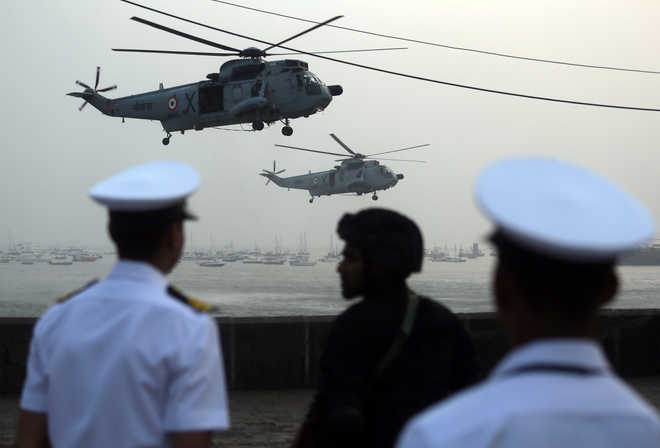THE Indian military has held its own in all military ventures since Independence, barring the 1962 conflict with China. After Kargil found the Indian military stretched, deep introspection about the archaic system of organising the forces gave way to a nearly two-decade endeavour to achieve tri-service integration. The Fusion Doctrine, as it is known the world-over, involves drawing together all military capabilities in which the might of the three services is brought to bear on the enemy in an integrated manner. The efficacy of the CDS system has been proved in five dozen countries, but in India, serious and sincere efforts to remodel the present higher defence organisation have run into political and inter-services opposition.
The Navy Chief’s disclosure that his Air Force counterpart has raised the red flag over joint theatre commands indicates the tough road ahead in taking all stakeholders on board for an eventual reorganisation of the Indian military. The appeal of sole ownership over existing military assets and the possibility of restructuring shaking up present channels of promotion have contributed to foot-dragging by one service or the other. But there is no escape from restructuring — a single Chinese theatre command faces India’s six commands of the Air Force and the Army. The snafus in coordination during hostilities can be easily visualised.
That jointness imparts speed and optimum concentration of military assets is known. Restructuring will also help an emerging, but resource-strapped power like India to eliminate commonality and overlap in many tri-service arenas, including equipment, training and utilisation of surveillance assets. The Vajpayee and the Manmohan Singh governments hung back from pushing the envelope for fear of a backlash from the services. The Indian armed forces have risen to national emergencies without fail. But corrective measures too are long overdue. The government must lose no time in setting up joint theatre commands. With a budget of just 3 per cent of GDP, the armed forces need to pool their manpower and firepower to play a more cost-effective and active role in guarding and building the nation.

